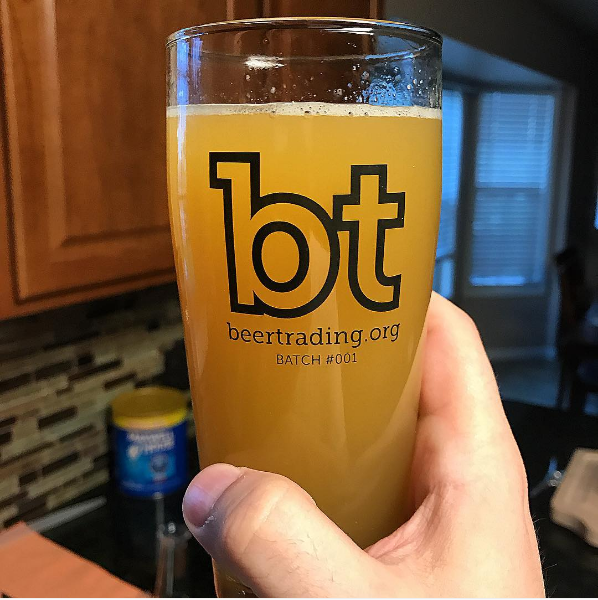grassfeeder
Well-Known Member
- Joined
- Jan 30, 2014
- Messages
- 424
- Reaction score
- 107
I know it has been said before, (OP confirmed their process in original post) in order to hit this style on the head, it is so IMPORTANT that you prevent any oxidation. To do that, you must minimize any contact with the air during the transfer. This means that using the standard auto-siphon from your bucket/carboy into keg is not going to cut it--and the flavor will off off--turn color.
Based on multiple forums--ideally, you will want to 1) purge the air out of your keg first, 2) then use C02 to transfer the beer out of the fermentor and into the keg. This will help ensure that the hops do not get exposed to air and will keep your aroma for a longer period and not turn your juicy brew into something that resembles an amber ale.
Google search for "transfer beer from fermentor into keg using C02" for further explanation/videos on youtube, etc.
You will also see a difference in your other IPA's by followng the above process.
Couldn't agree more with this. Outside of a CO2 transfer I've also had great success transferring to a CO2 purged keg via gravity feed from my SS Brewbucket into the Keg out line.....




